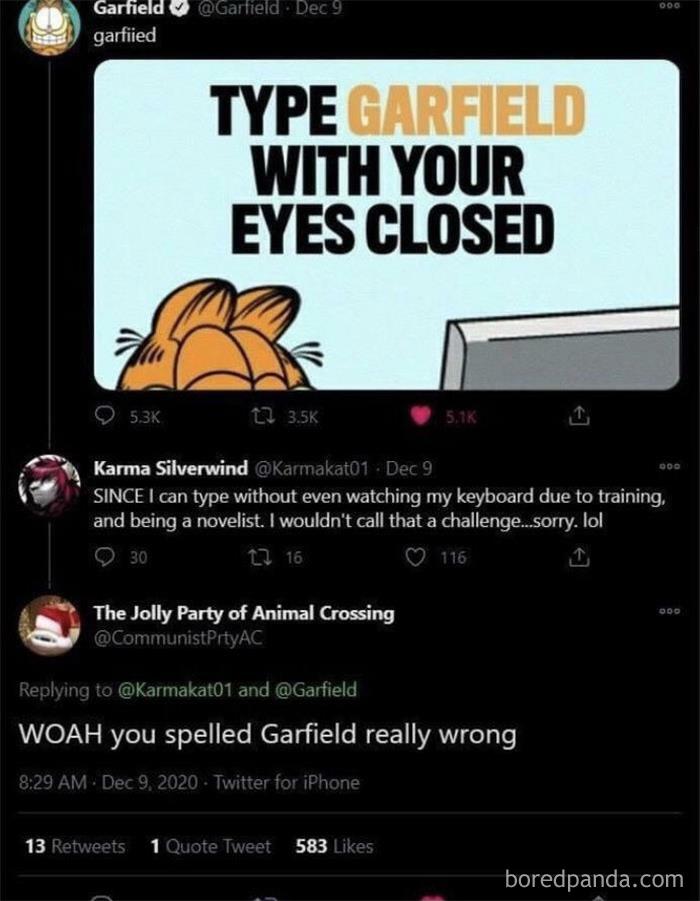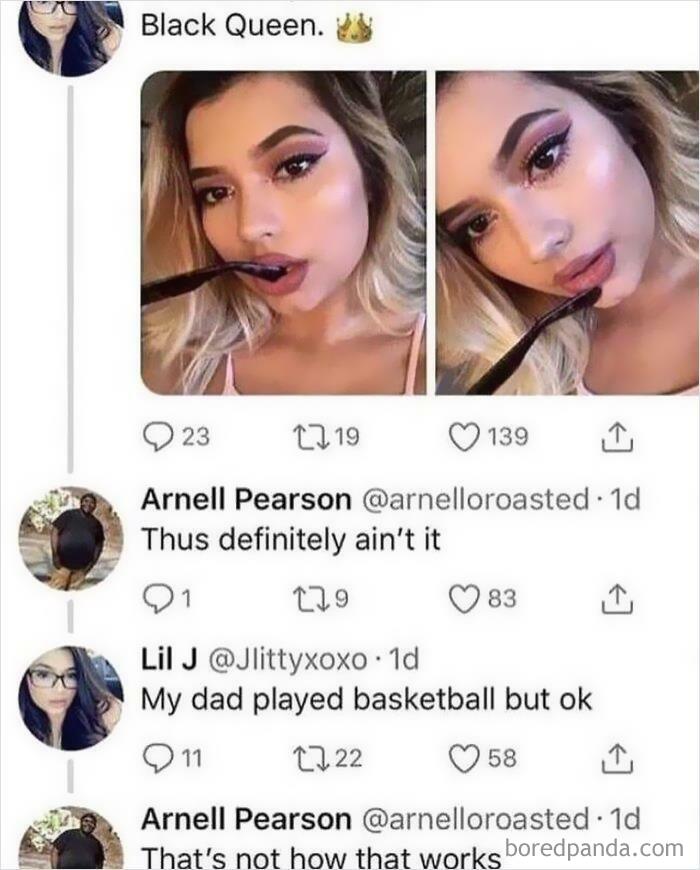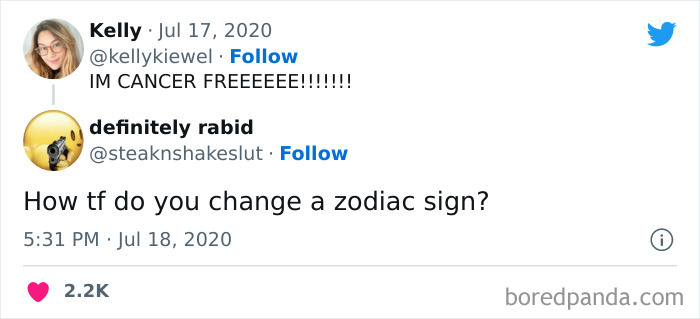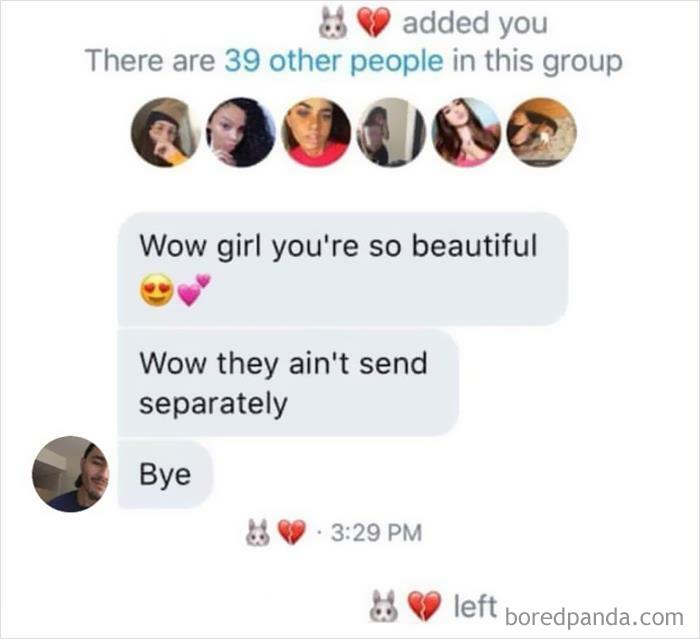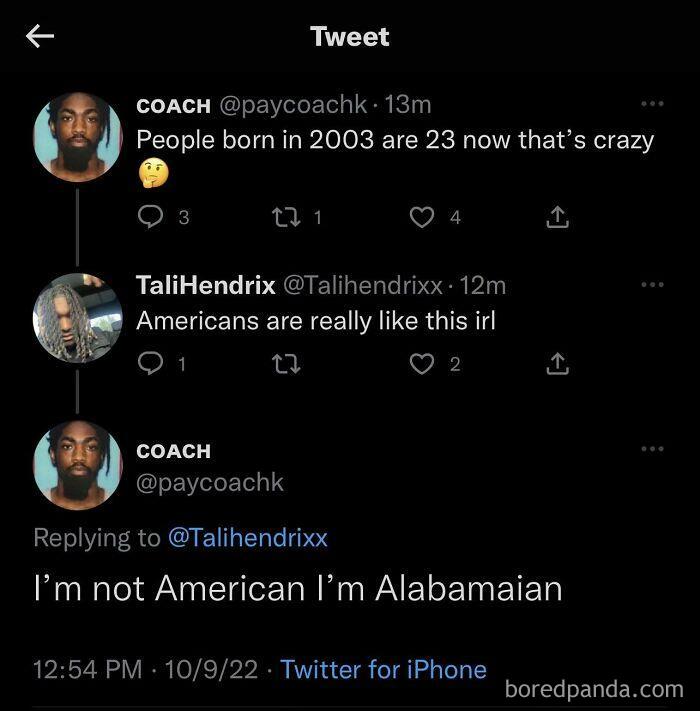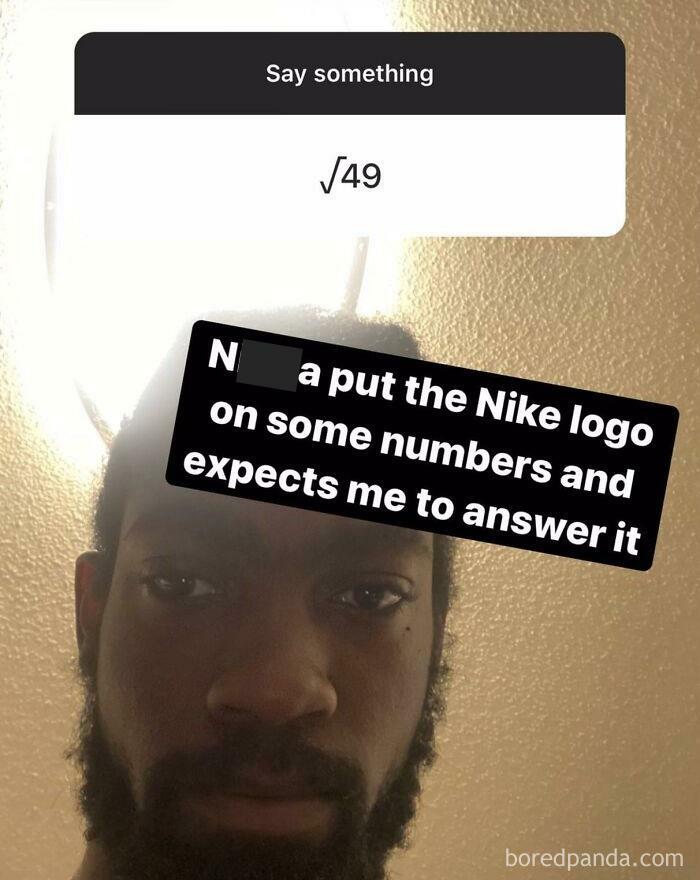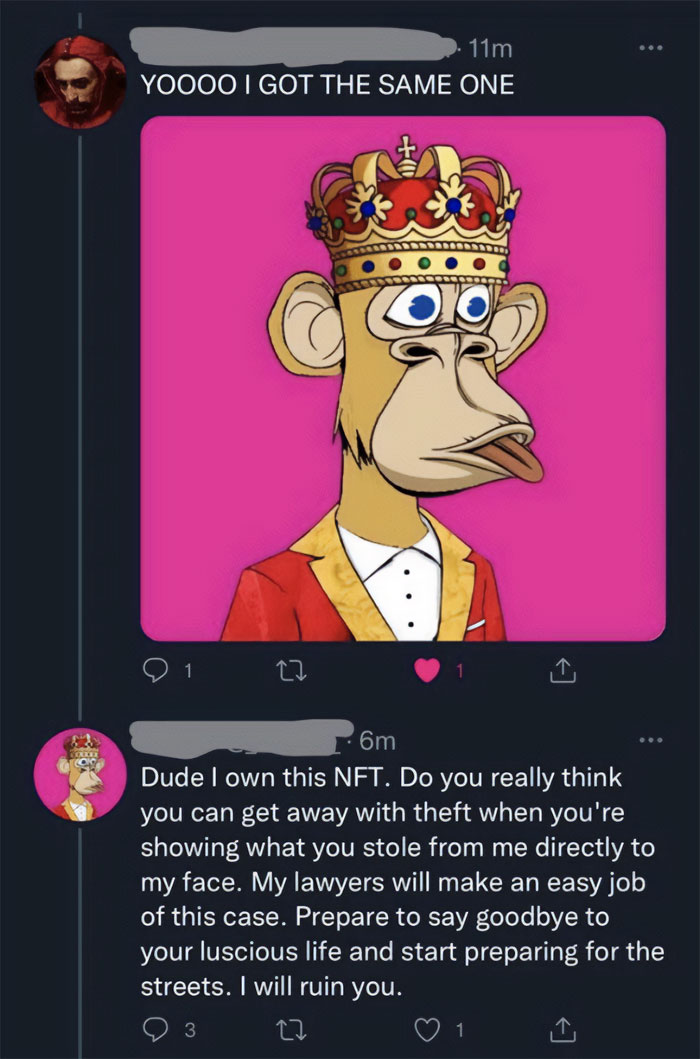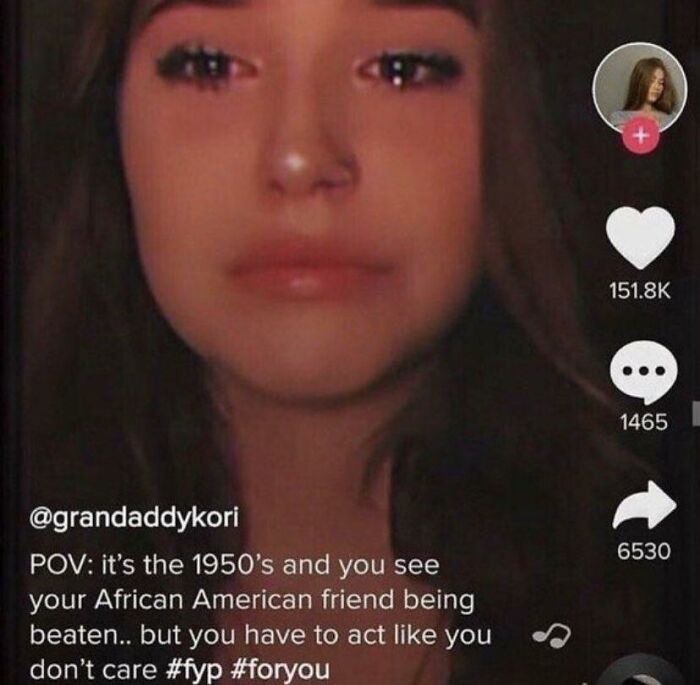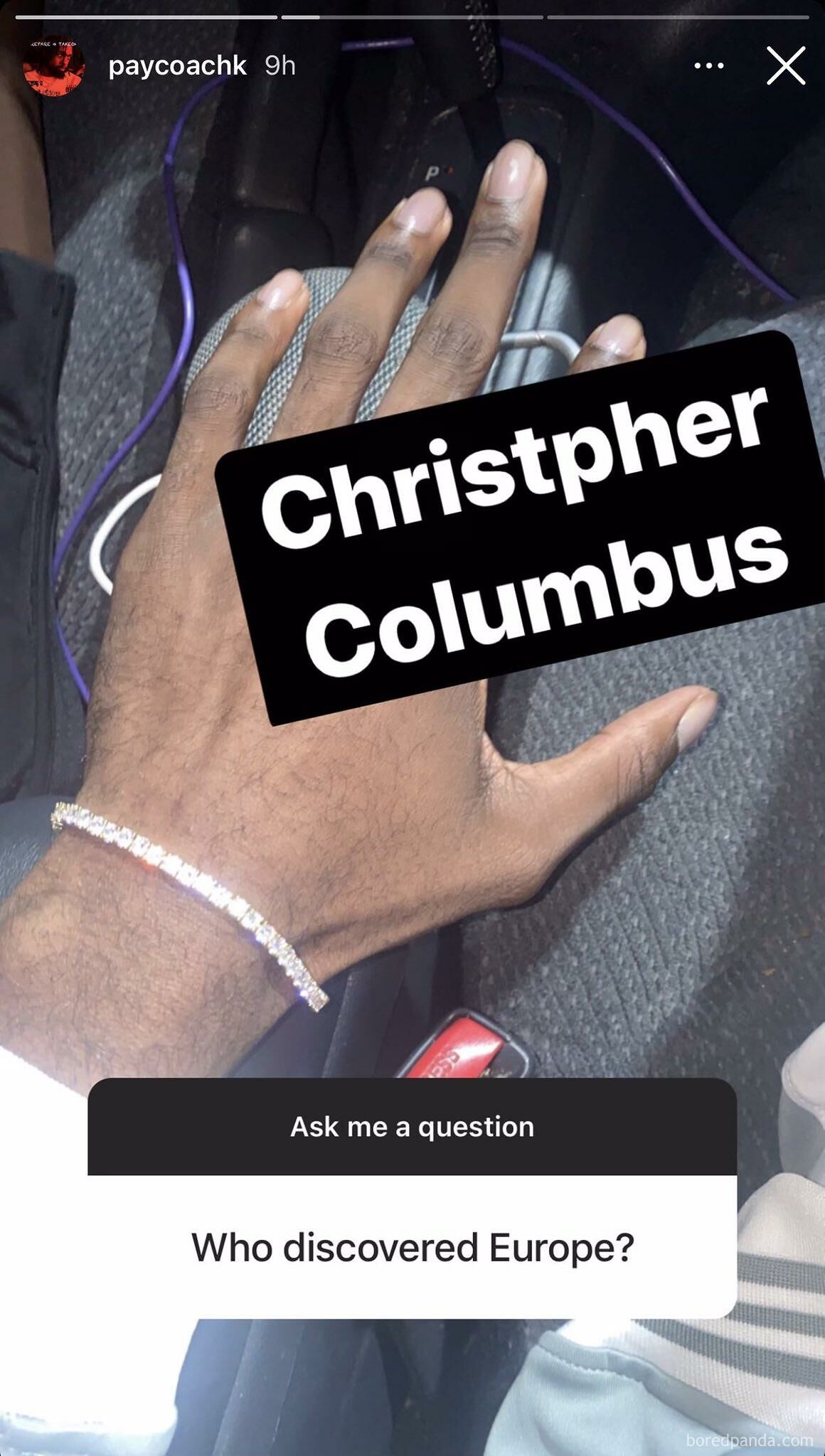If there’s one thing the internet has taught us, it must be our enduring appreciation of a good cringe. Urban Dictionary defines the term cringe as “when someone acts/is so embarrassing or awkward, it makes you feel extremely ashamed and/or embarrassed.” But the feeling is way better felt than explained in words.
If you’re already a self-confessed cringe addict who dove down the cringetopia hole and experienced the most cringeworthy moments of life, then we've got this new treat for you. Welcome to The Cringiest Posts Twitter page that does exactly what it says in the title – shares the posts that make you curl up like a tortoise out of the sheer cringe and then cringe once more.
Below we wrapped up some of the funniest, I mean cringiest examples, so enjoy with caution!
This post may include affiliate links.
If you've ever spent enough time browsing in the land of the internet, you must have inevitably encountered cringe-powered content at some point. It takes only one word, five letters, to be exact, to present the inexplicable feeling known as cringe. For some, it’s a curled upper lip, for others it’s a shake of the head, for the rest, it's curling into a ball that forgets any social norms.
According to Kaitlyn Tiffany, the term cringe took off on forums in the early aughts, when the practice of humiliating oneself online was still somewhat novel. Now, however, it’s absolute mainstream — it’s both an internet genre and a meme, as well as an insult of some kind. It's natural to wonder if we all suddenly became more prone to cringe as a group, or if there’s another reason why there’s so much cringeworthy content out there.
Well, in a piece for The Atlantic, Tiffany argues that “it’s because we’ve been given more opportunities to display our cringeworthy characteristics, and also to point out the cringeworthy behavior of others.” She adds that “Whereas people used to feel secondhand embarrassment on behalf of their friends and family, or wince at their own awkward behavior, they are now exposed to the potentially embarrassing behavior of entire social networks.”
Oh that's easy. You'll only need a crystal ball, a shroom picked at midnight and 3 roach heads
As if that wasn’t enough, we have spent years, a decade, if not more, in this kind of environment. No wonder our sense of cringe has become heightened to the point where “we can sniff out the tiniest flaws in someone else’s public performance, dig them up, share them around.” Tiffany calls us “the connoisseurs of cringe,” and you may wonder if that’s even a thing to be proud of.
Meanwhile, according to evolutionary history, cringe is birthed by the fear of social rejection — a feeling similar in intensity to physical pain. Psychology professor Rowland Miller argues that people literally crinkle in embarrassment because the ability to “feel vicarious embarrassment is influenced by our ability to empathize with others.”
Miller argues that people cringe for reasons beyond contempt; it can be compassion, too, for having experienced a feeling similar to that unfolding in real time. Cringe is then about secondhand shame and empathy — human emotions that define anything and everything we do.
Melissa Dahl, a senior editor at The Cut and author of Cringeworthy: A Theory of Awkwardness, suggests that cringe content is “a controlled way of facing this really deep fear.” She argues that “It’s funny to talk about being embarrassed during the year 2020 when there’s such scary things going on,” referring to the height of the pandemic. Cringe content, on the other hand, shows that there’s nothing scarier than being cast out on your own and laughed out of the group.
Extremely cringe, and some were just plain rude. Very good article, though! :)
Extremely cringe, and some were just plain rude. Very good article, though! :)

 Dark Mode
Dark Mode  No fees, cancel anytime
No fees, cancel anytime 









